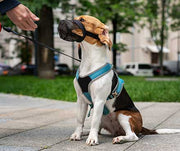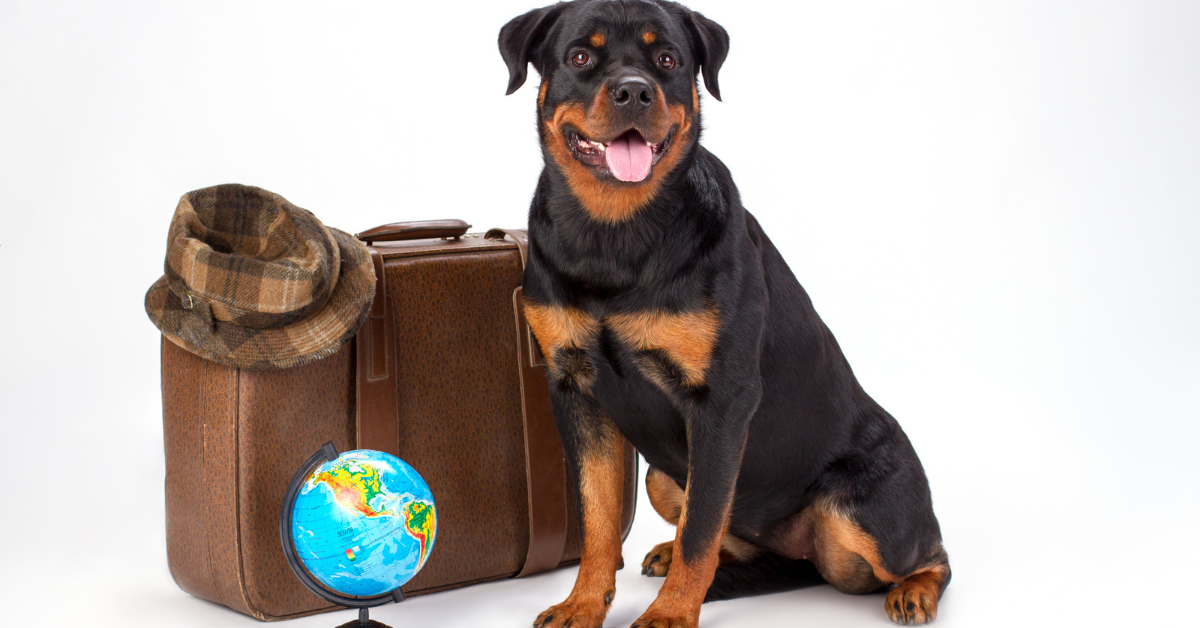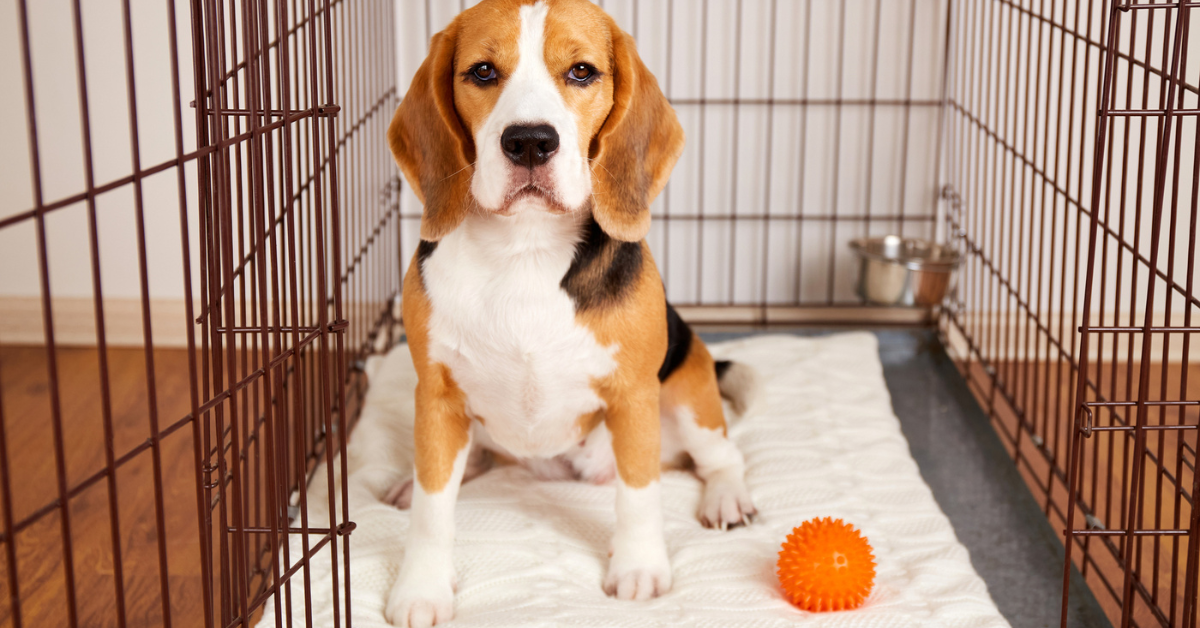What To Do If Your Dog is Aggressive

Aggressive is never a word any of us would like to use to describe our furry family members. But part of taking care of other living beings is dealing with them as they are. Most of the time, aggressive dogs are misunderstood and are not aggressive at all, but are rather afraid. Perhaps they experienced trauma and difficulties, or perhaps they are sick and confused. Knowing what to look for in a potentially aggressive dog is a necessary first step in intervention.
Know the Signs
If your dog is lowering his ears, putting his tail in between his legs, or growling, your dog may be about to display aggressive behavior. However, by the time your beloved pooch is in a state of fight-or-flight, it's too late.
Other signs of a dog's mounting aggression can look like:
- Avoidance of eye contact and skittishness
- Signs of agitation like lip licking, yawning, and circling
- "Hard staring," which is defined as a kind of staring when the head is lowered, ears are back, and their hackles are up.
Knowing your dog's early warning signs can be a great way to redirect behavior you don't want. Teaching your dog basic commands like sit and stay is also a good idea if your dog displays aggressive behavior. By teaching your dog basic commands, you're asserting control over your dog, which will help you control your dog's aggressive behavior in the end.
How to Train Your Aggressive Dog
Be Patient, Let Your Dog Learn at Their Own Pace.
Kindness and patience are the most important things you need when training a dog, and they are totally free. Take time to understand why dogs react to certain situations the way they do. You can reinforce positive behavior with regular applications of treats, training tools, and mild deterrents (not big punishments). You can also engage in mind exposure to triggers, which helps train better responses than aggression.
Prong Collars are a Great Learning Tool.
One great deterrent is a prong collar. When training your dog to not be aggressive, you'll eventually have to expose him or her to the triggers that make them react aggressively. Using a prong collar to correct their behavior is safe and effective, as long as you're not pulling up too fast or rough. During training, the idea is to expose your dog, but not overwhelm them, so take your time and be sure to have a ton of patience. Muzzles are another tool you could use to help control your dog's aggression. Though they may have a bad reputation, they are a great tool to have for extra-aggressive dogs who are still learning how to deal with their aggression.
Tire Your Dog Out
Dogs are descendants of wolves, which means they are designed to run great distances across mountains and tundras. But your dog's version of the tundra is more likely to be a backyard or green space. Being cooped up all day is bad for your dog's health, and ill health can result in aggression. Take your dog for daily walks and runs and try to get in a few games of fetch as well. Getting your dog on a daily walk routine is not only good for their overall health but is also a great way to tire out your dog and relieve pent-up energy.
If Nothing Else Works, Hire a Professional
There is no shame in availing yourself of expert advice. Dog trainers can see patterns that you won't be able to and can compare your pet's behavior to the broad range of their training experiences. Professional dog trainers also know how to handle extreme dog aggression, and can tailor advice to your household. They can also advise you on when aggression might not be behavioral but medical. Remember, aggression can be a sign of physical illness. Dog trainers are excellent at seeing the subtle differences in dog behavior, and they can recommend when you might need to see a vet.
Conclusion
Dealing with an aggressive dog is never fun and requires a lot of patience and kindness. Dogs displaying signs of aggression usually have good reason to and need to be assured that they are okay. To keep your dog from learning aggressive behaviors, teach your dog basic commands such as sit and stay, take them on daily walks or runs to get them exercise, and visit with your vet regularly to ensure that your dog is in tip-top shape.
Previous article

Next article

Related posts
View all-

Should You Bathe Your Cat? Everything You Need to Know About Cat Hygiene
When it comes to cat hygiene, a common question among cat owners is, "Should you bathe your cat?" Understanding how to care for felines, especially bathing cats properly, is crucial for maintaining their overall health. Most cats are fastidious groomers, but specific scenarios like long-haired cats getting dirty or skin irritations, might require a bath.
Read Article -

How to Fly with a Large Dog: Tips and Tricks
Traveling can be challenging, especially when it involves flying with a large dog. Whether your furry friend is a service dog, therapy dog, or simply a beloved pet, understanding the guidelines set by most airlines is crucial. Read Article -

How to Clean a Dog Crate: An Easy and Helpful Guide
Cleaning a dog crate may seem challenging, but it's essential for the health and happiness of your furry friend. A clean crate ensures a hygienic living space for your dog and contributes to a healthier home environment for everyone. Read Article



